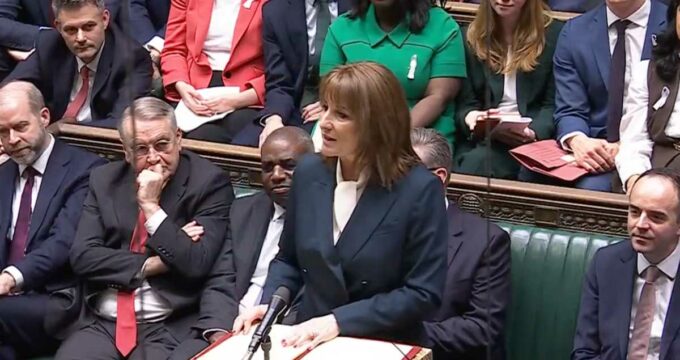Report: Australian government preparing to replace controversial “de facto cap” on foreign student numbers
- The Australian government was expected to pass legislation last month that would have implemented hard caps on foreign enrolment as early as January 2025
- However, the legislation did not have sufficient support in Parliament and was withdrawn, with the expectation that government would continue to rely on the “de facto cap” arising from Ministerial Directive 107
- Media reports this week indicate, however, that the government will now introduce a new mechanism, as a replacement to MD107, designed to reduce international student numbers
The Australian government's proposed ESOS amendment bill, complete with its caps on foreign enrolment, fell off the order papers in the most recent parliamentary session, and it has now effectively been withdrawn.
In the wake of that surprising development, the expectation was that the government would continue to rely on the equally controversial Ministerial Directive 107 (MD107). First introduced in December 2023, MD107 is an immigration framework that classifies Australian institutions into different risk levels and offers preferential treatment to “low-risk” institutions. The directive triggered a significant spike in visa rejection rates for students from some countries, especially for providers that were assessed to be higher risk.
There are indications this week, however, that the government is now moving to replace MD107. The Australian reports that the government intends to go forward with a new mechanism designed to further reduce student numbers: "With Labor’s bill effectively shelved without the support of the Coalition, The Australian understands the government will seek to pursue its cuts to the international student intake and net migration through a revamped direction."
MD107 has been a highly contentious policy mechanism, which Education Minister Jason Clare has previously described as a "de facto cap" on foreign enrolment in Australia. The Australian notes: "Since Directive 107 was introduced, the number of offshore student visa applications lodged has fallen 37%, as prospective students look to other markets with greater chances of success."
The newspaper quotes International Education Association of Australia (IEAA) CEO Phil Honeywood, who observes that, "The government was 'disappointed' after the caps failed to pass the parliament…In anticipation of this, it has put together a provider stakeholder task force which has been meeting over many weeks to provide advice on any redesign of Ministerial Direction 107. The key request from the international education industry is that there is more fairness in visa processing for the different risk-level providers.”
In a December end-of-year update to IEAA members, Mr Honeywood explained: "We held back the publication of this Monthly Update in the hope of an announcement about changes to Ministerial Direction 107 (which we now understand will be made later this week)." He added: "Recent decisions of Government have the potential to exacerbate ill feeling both within, and between, public and independent education providers. The decision to stop some public providers from dropping from [Risk] Level 2 to 3 (while many independent providers were pushed down to that level) has quite rightly raised accusations of favoured treatment and inequitable decision making."
In a related statement this week, Universities Australia Chief Executive Officer Luke Sheehy said that, "The Government has been using Ministerial Direction 107 to reduce international student numbers since last December and now we are seeing the damaging effects in the data – our outer suburban and regional unis are being hit the hardest…Our economy is stuck in low gear and the handbrake on international education is a big reason for that."
For additional background, please see:
Most Recent
-
Canada announces international student cap numbers for 2026 and updated programme guidance Read More
-
Building the bridge to campus: The first stage of student satisfaction begins long before admission Read More
-
The power of data and narrative in building public support for international students Read More
















